Can someone tell me what exactly happens with the following code? I understand it is used for zooming, but what does the 2-d array of bounds do in this context?
var bounds = path.bounds(d),
dx = bounds[1][0] - bounds[0][0],
dy = bounds[1][1] - bounds[0][1],
x = (bounds[0][0] + bounds[1][0]) / 2,
y = (bounds[0][1] + bounds[1][1]) / 2,
scale = .9 / Math.max(dx / width, dy / height),
translate = [width / 2 - scale * x, height / 2 - scale * y];
Thanks in advance.
